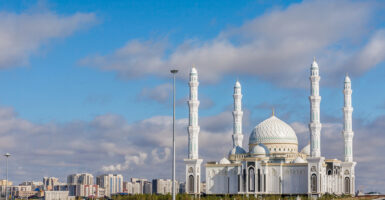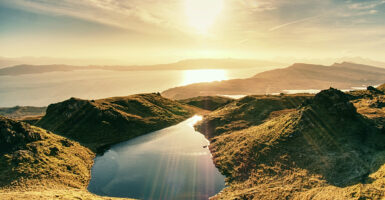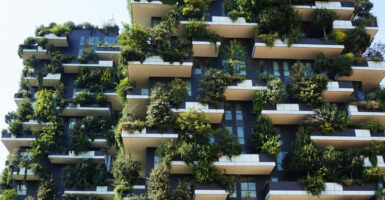20 Architectural Designs Inspired by Nature
Concrete jungles rise ever higher into the sky, their glass and steel facades seeming to defy the natural world below. Yet hidden within these artificial marvels lies an ancient truth: nature remains architecture’s greatest teacher.
From the tiniest seashell to the mightiest redwood, Earth’s structures continue inspiring humanity’s grandest building designs. Here is a journey through twenty remarkable buildings that prove nature’s blueprints still guide human innovation.
Eastgate Centre, Zimbabwe
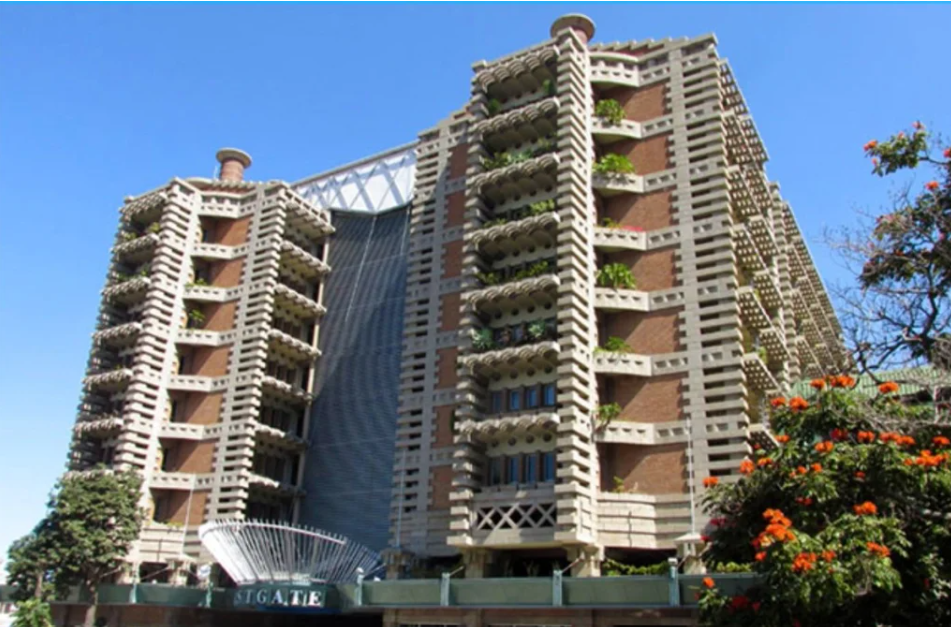
Zimbabwe’s Eastgate Centre drew its revolutionary design from the humble termite mound. Studying how these insects maintain perfect climate control in harsh African conditions, architect Mick Pearce created a building that stays cool without air conditioning.
Passive ventilation chimneys mirror termite tunnels, while thick walls regulate temperature just as natural mounds do. The result is a building that uses 90% less energy than its conventional neighbors while maintaining ideal comfort levels year-round.
Qatar National Convention Centre
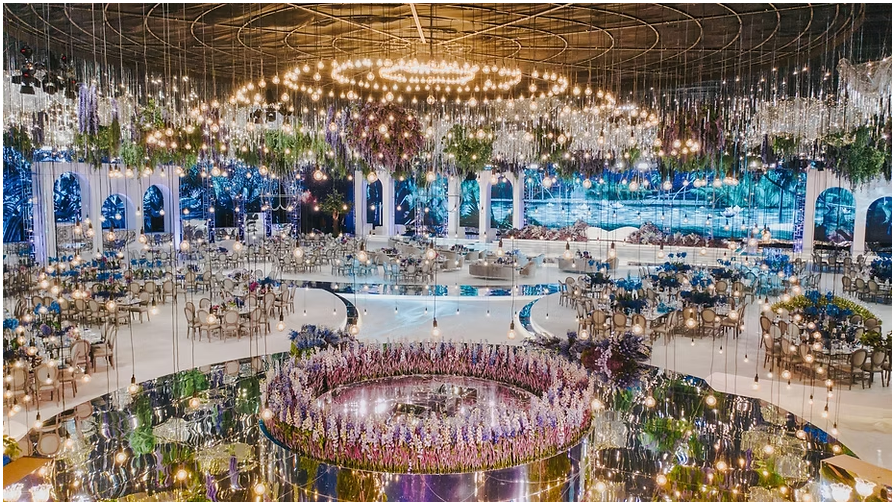
Qatar’s National Convention Centre blooms in the desert like a giant steel Sidra tree. Local architects studied how desert plants channel precious water to survive, incorporating these principles into the building’s design.
A complex network of steel branches supports the massive roof while channeling rainwater for recycling. The structure’s distinctive profile has become a symbol of how traditional natural forms can inspire modern sustainable architecture.
Like Go2Tutors’s content? Follow us on MSN.
Milwaukee Art Museum
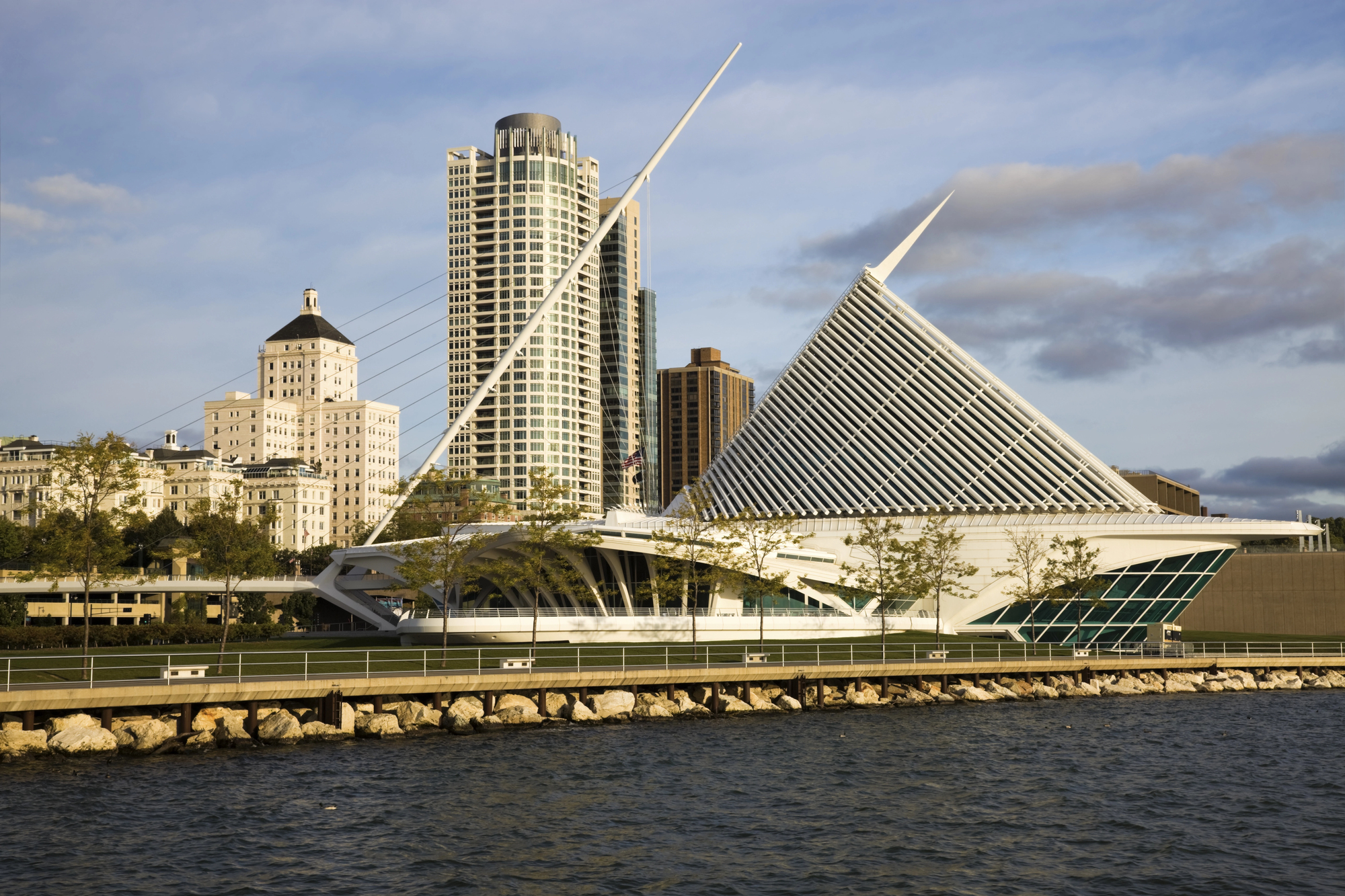
Milwaukee Art Museum’s Burke Brise Soleil unfolds like a great arachnid spreading its legs. The moveable sunscreen, spanning wider than a Boeing 747’s wingspan, opens and closes throughout the day, responding to sunlight and wind conditions.
Its design mirrors how spiders adjust their webs to changing conditions, creating both practical function and breathtaking form. When in motion, the entire structure seems alive, drawing gasps from visitors who witness its graceful transformation.
Mode Gakuen Cocoon Tower, Tokyo
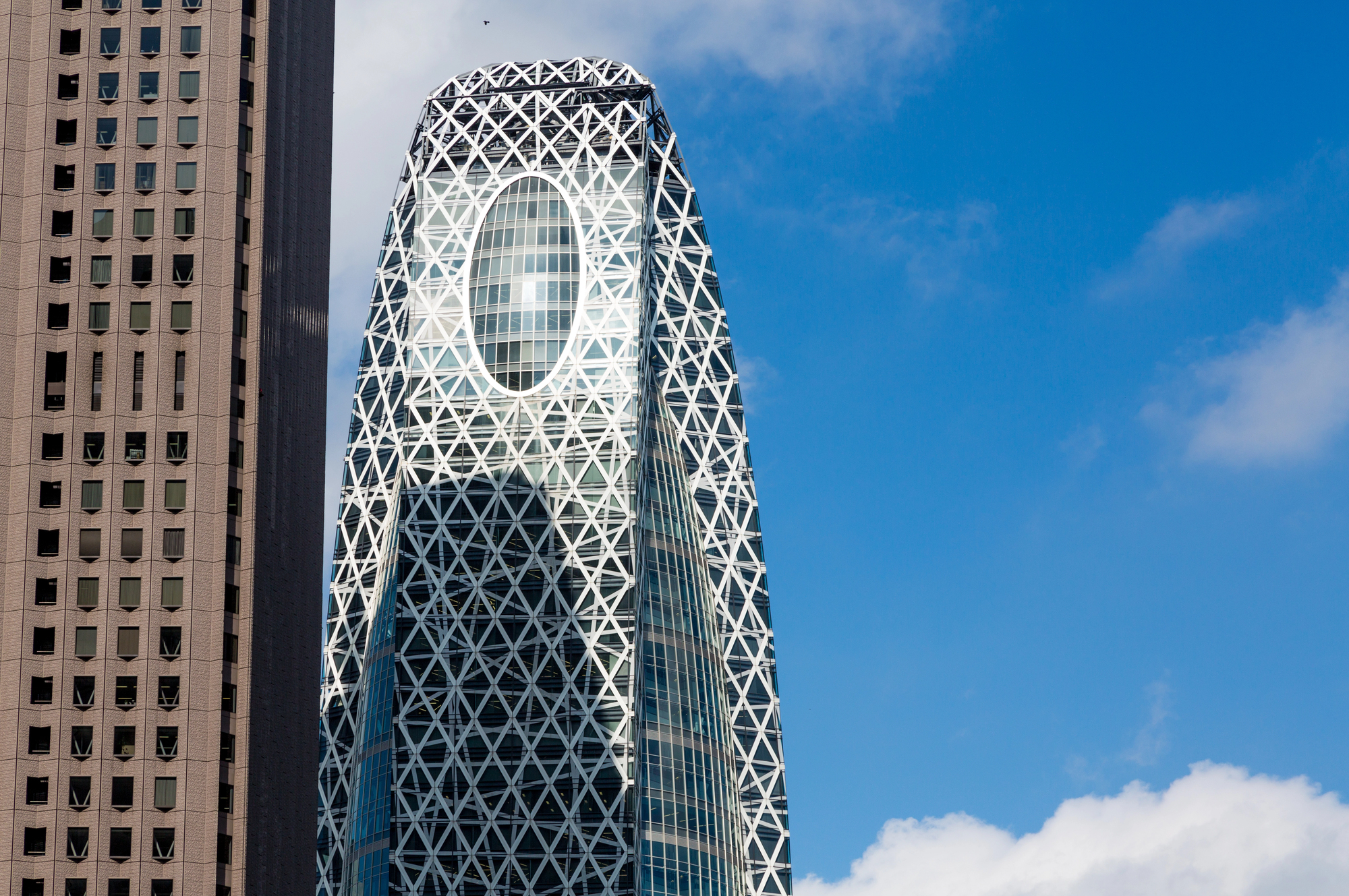
Tokyo’s Mode Gakuen Cocoon Tower wraps itself in a latticed exoskeleton inspired by silkworm cocoons. The building’s unique shape disrupts wind forces while its outer shell protects against earthquakes, mimicking how natural cocoons shield their precious contents.
Inner spaces spiral upward like organic growth patterns, creating unexpected views and naturally flowing circulation routes. Students and faculty work within spaces shaped by millions of years of evolutionary design.
Tao Zhu Yin Yuan, Taipei
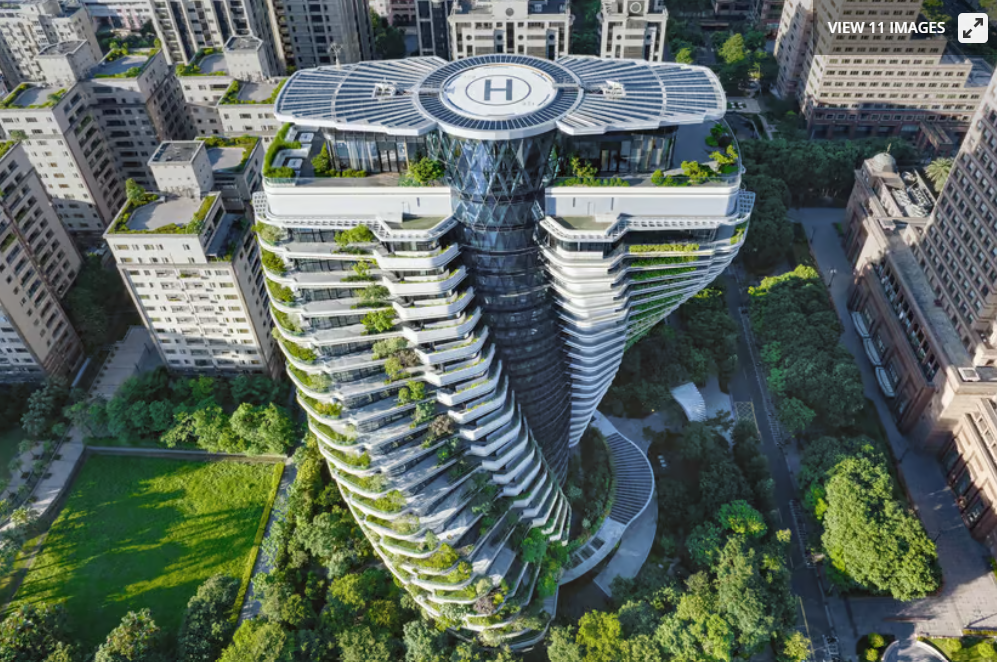
Tao Zhu Yin Yuan in Taipei stretches toward the sky like a massive beehive. Each apartment’s hexagonal shape maximizes space efficiency while minimizing material waste, just as bees have perfected it in their hives.
The twisting structure creates natural air circulation patterns while supporting vertical gardens on every level. Carbon-absorbing plants cover the facade, turning the entire building into a living, breathing ecosystem.
Like Go2Tutors’s content? Follow us on MSN.
Biblioteca Vasconcelos, Mexico City
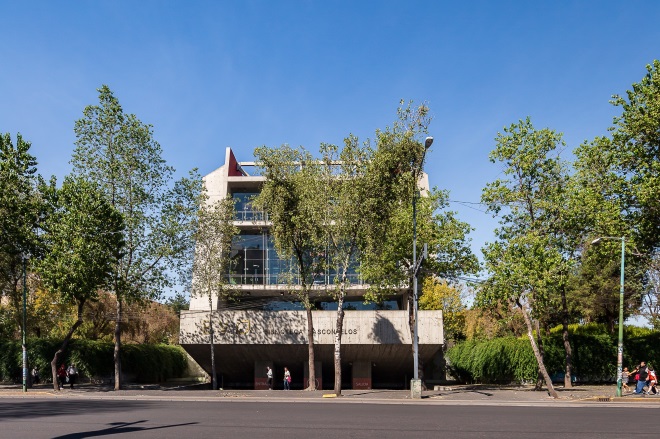
Mexico City’s Biblioteca Vasconcelos spirals through space like a giant nautilus shell. Book stacks follow the Fibonacci sequence found in countless natural forms, creating spaces that feel both organized and organic.
Hanging gardens cascade between levels while natural light filters through precisely placed openings. The result transforms the simple act of browsing books into an exploration of nature’s mathematical principles.
Burj Khalifa, Dubai
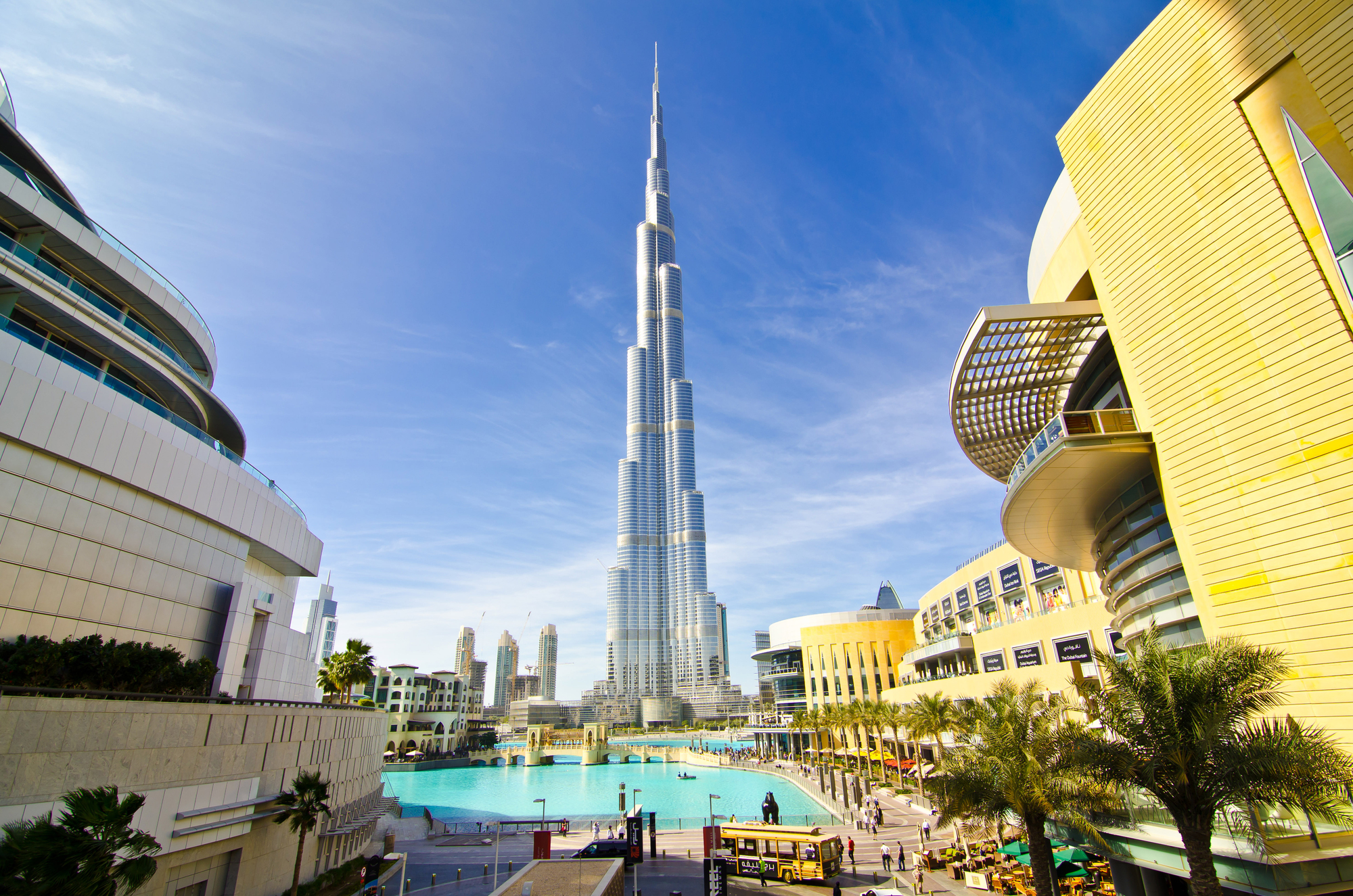
Dubai’s Burj Khalifa soars skyward using lessons learned from desert palm trees. The tower’s Y-shaped plan reduces wind forces just as palms flex in desert storms.
Its buttressed core mirrors how palm trunks distribute weight and stress, while the exterior texture echoes natural frond patterns. Even the spire’s design incorporates principles of natural wind diffusion, helping the world’s tallest building stand strong against desert gales.
Parkroyal Collection Pickering, Singapore
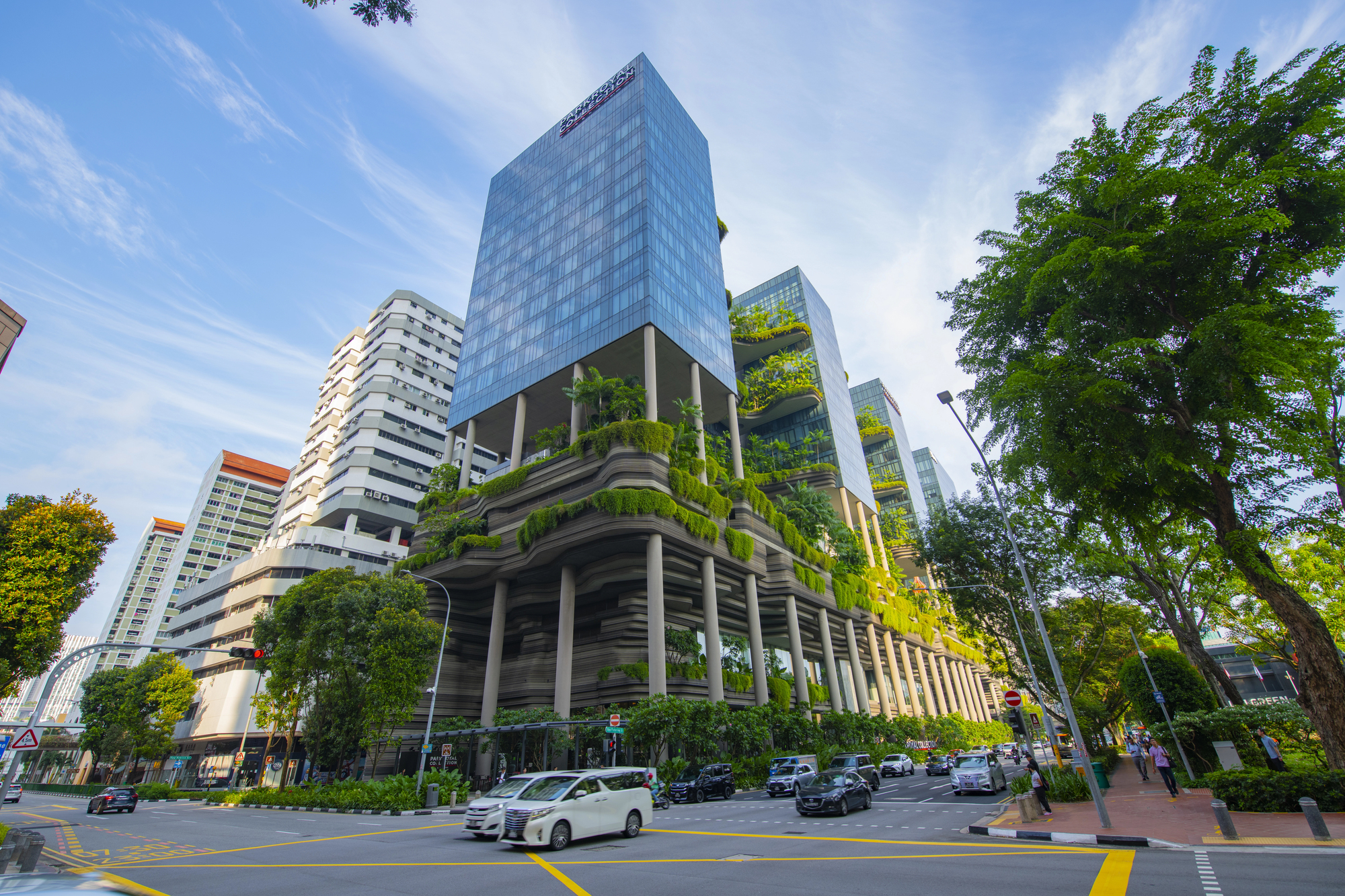
Singapore’s Parkroyal Collection Pickering Hotel dissolves the boundary between the building and the garden. Cascading green terraces spill down the facade like natural cliff vegetation.
Sky gardens punctuate every fourth floor, supporting complex ecosystems of native plants and wildlife. The structure demonstrates how buildings can replace the natural environments they displace, creating new habitats within urban spaces.
Like Go2Tutors’s content? Follow us on MSN.
Harpa Concert Hall, Reykjavik
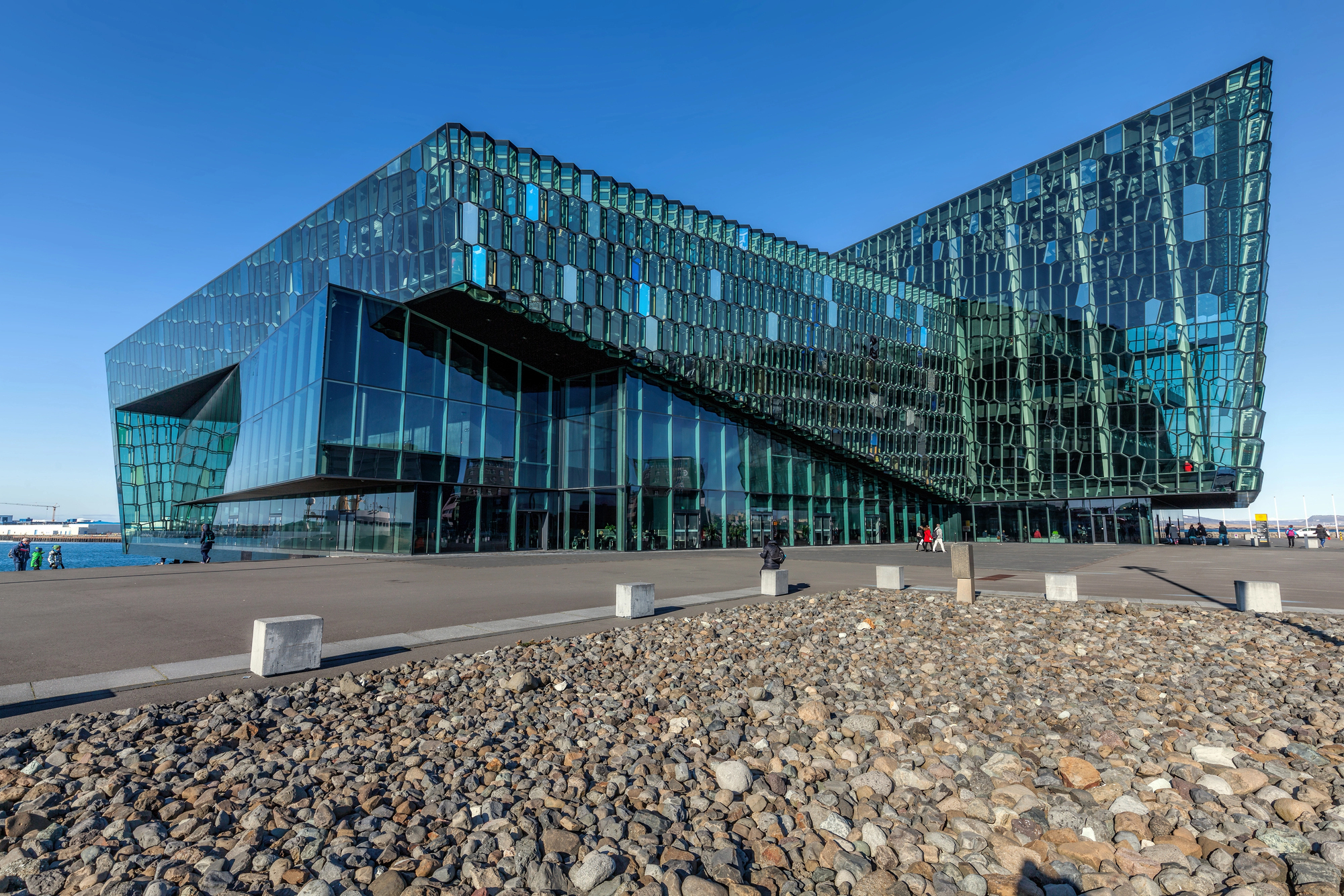
Harpa Concert Hall in Reykjavik glitters like Iceland’s famous crystal caves. Its geometric glass facade, inspired by columnar basalt formations, plays with light just as natural crystals do.
The building’s skin responds to changing weather conditions, creating ever-shifting patterns of color and shadow. Inside, acoustic spaces mirror how natural cave formations shape sound.
National Aquatics Center, Beijing
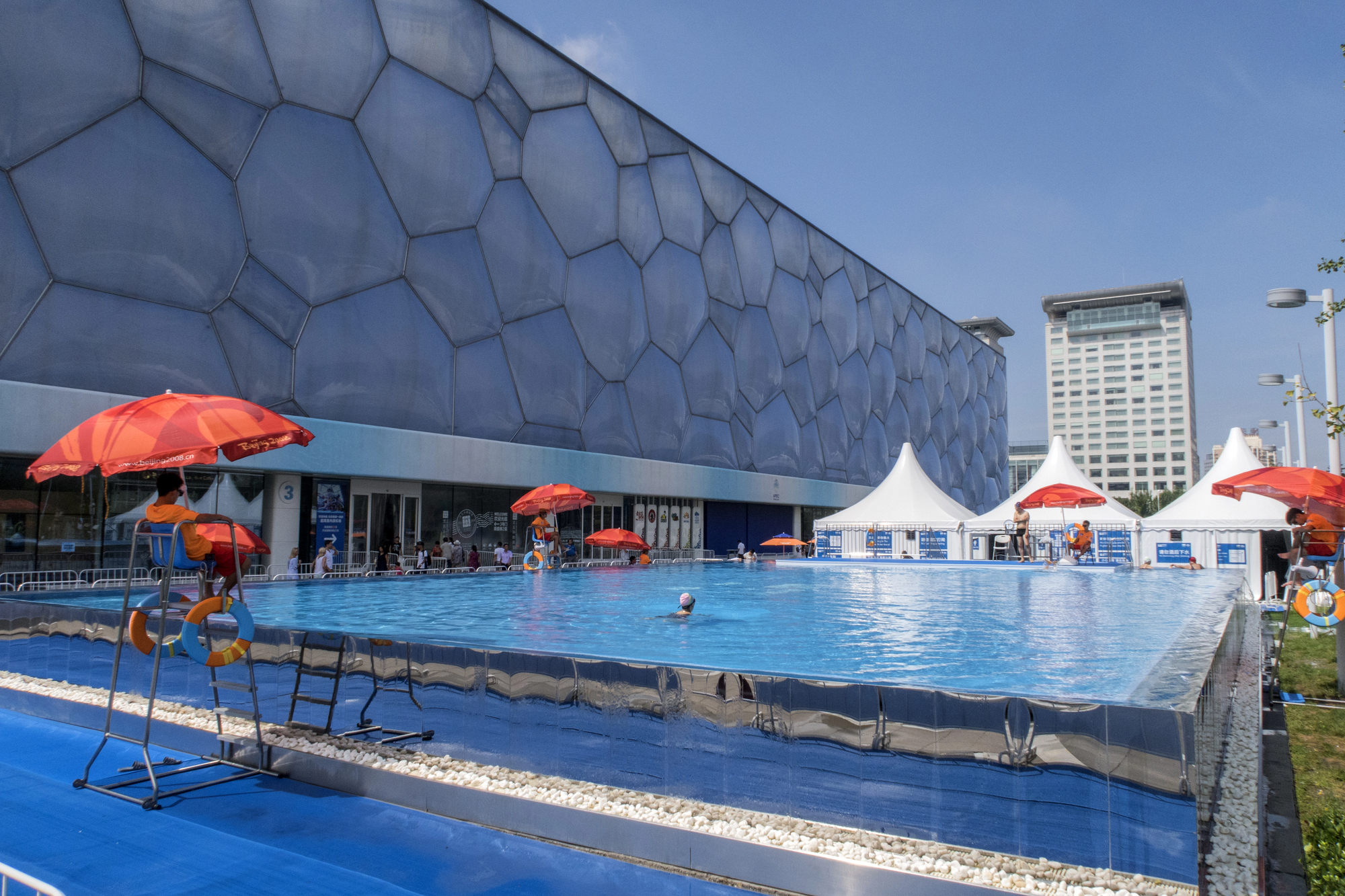
Beijing’s National Aquatics Center replicates the molecular structure of water bubbles. Its ETFE cushions arrange themselves in mathematically perfect patterns found in natural foam structures.
The bubble pattern maximizes strength while minimizing material use, demonstrating how nature’s solutions often prove mathematically optimal. The building harvests sunlight and rainwater through its translucent skin, functioning like a living organism.
8 House, Copenhagen
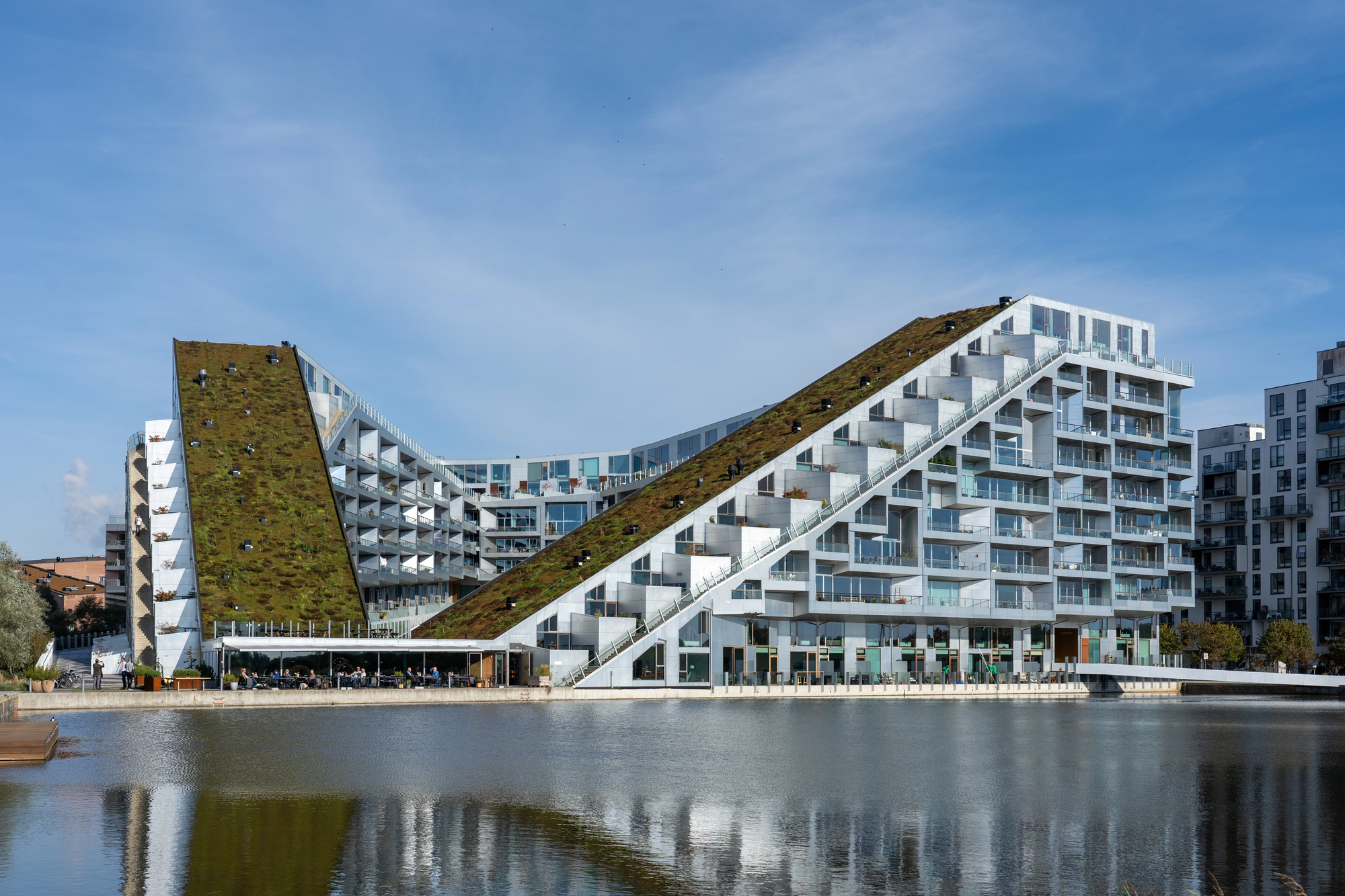
Copenhagen’s 8 House creates an artificial hillside in the heart of the city. The sloping design allows residents to bicycle to their top-floor apartments using a continuous ramp.
Green roofs follow the natural angle of the slope, creating a functioning ecosystem that helps manage stormwater. The building proves how natural landforms can inspire more livable urban environments.
Like Go2Tutors’s content? Follow us on MSN.
National Stadium, Beijing
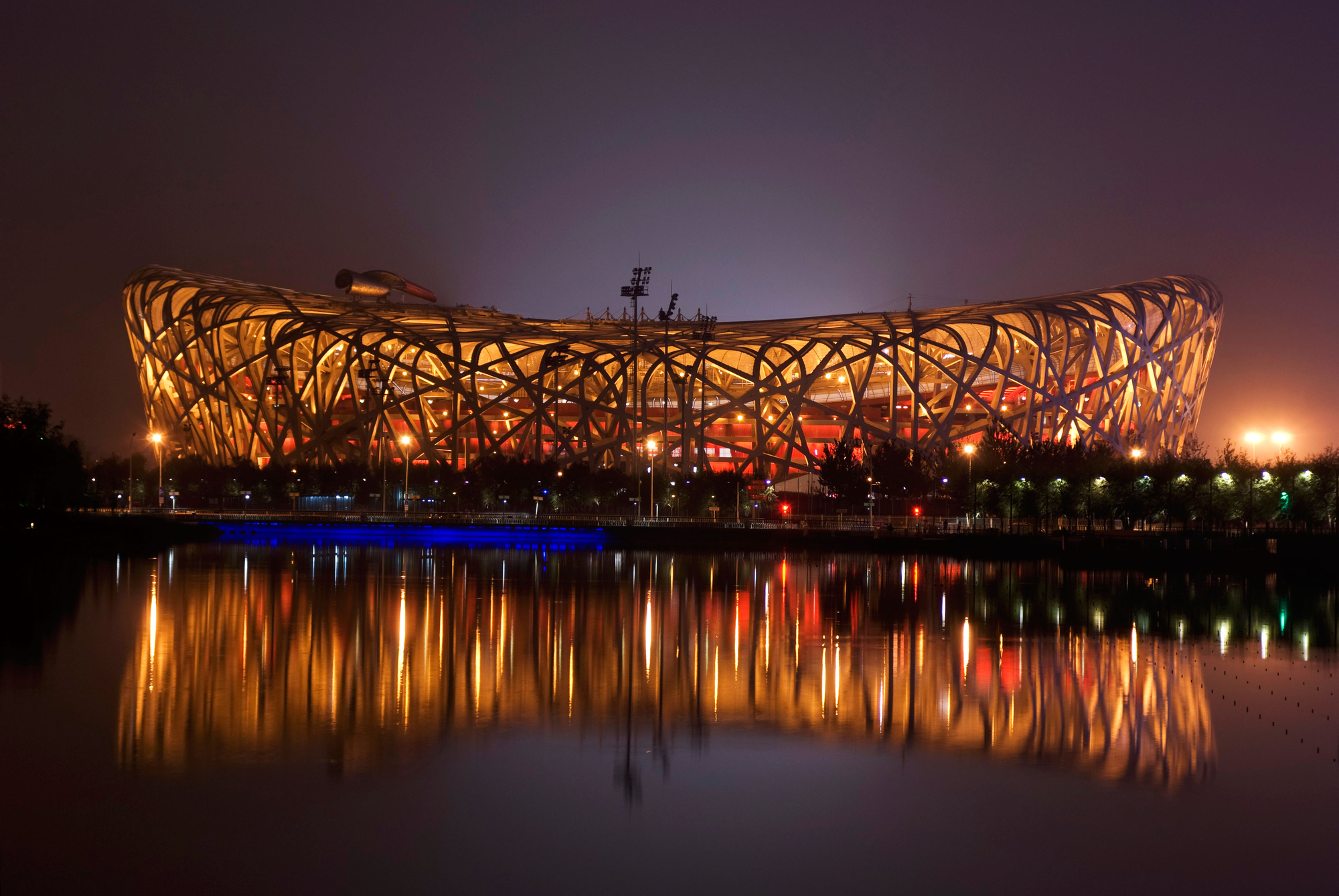
Beijing’s National Stadium weaves steel strands into an intricate pattern inspired by bird nesting techniques. The seemingly chaotic structure distributes forces with the same efficiency found in natural nests.
Gaps between the steel strands create natural ventilation while allowing plants to grow within the structure. The stadium demonstrates how apparent disorder can contain perfect natural engineering.
Henderson Waves Bridge, Singapore
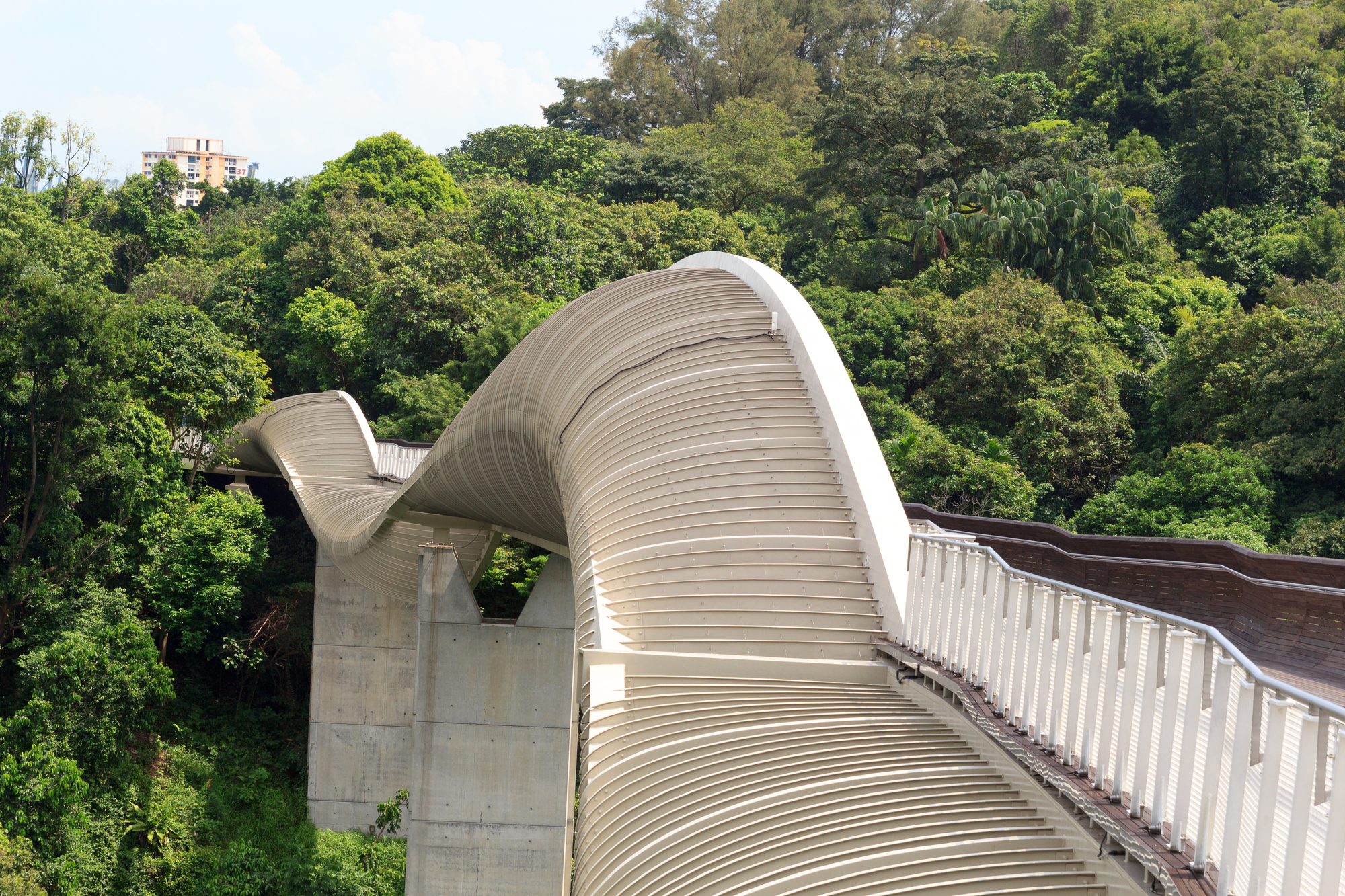
Singapore’s Henderson Waves Bridge undulates through the canopy like a giant python. Its curved deck and twisted ribs mirror natural skeletal structures, creating both stability and beauty.
Hardwood ribs provide shelter while maintaining organic flow, proving how natural forms can enhance both function and aesthetics. The bridge shows how infrastructure can enhance rather than interrupt natural landscapes.
Al Bahr Towers, Abu Dhabi
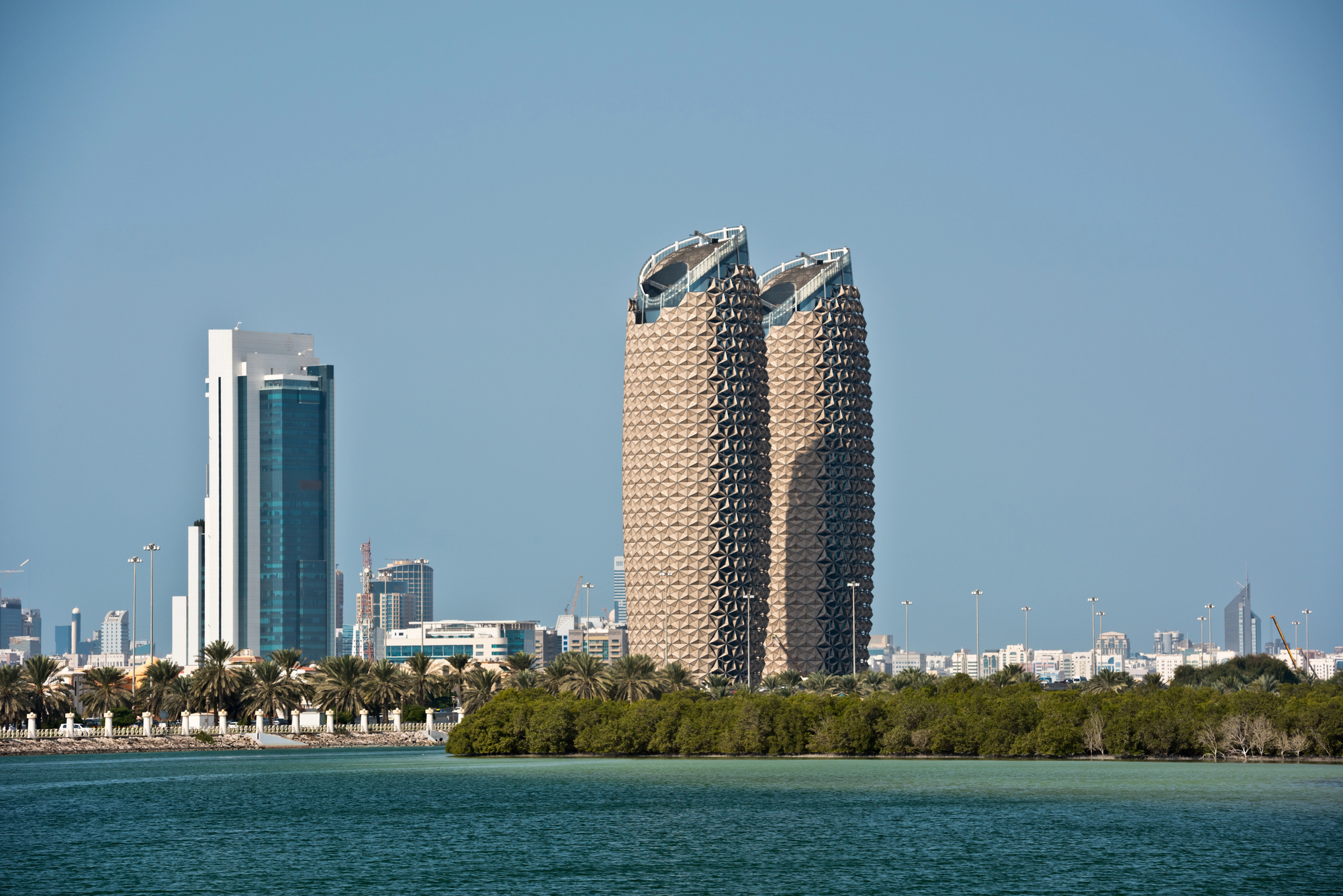
Al Bahr Towers in Abu Dhabi protect themselves from harsh sunlight using a responsive facade inspired by traditional mashrabiya screens and flower petals. Computerized geometric panels open and close like flowers, tracking the sun and reducing solar gain by over 50%.
The design shows how traditional natural forms can solve modern environmental challenges through advanced technology.
Like Go2Tutors’s content? Follow us on MSN.
Sydney Opera House
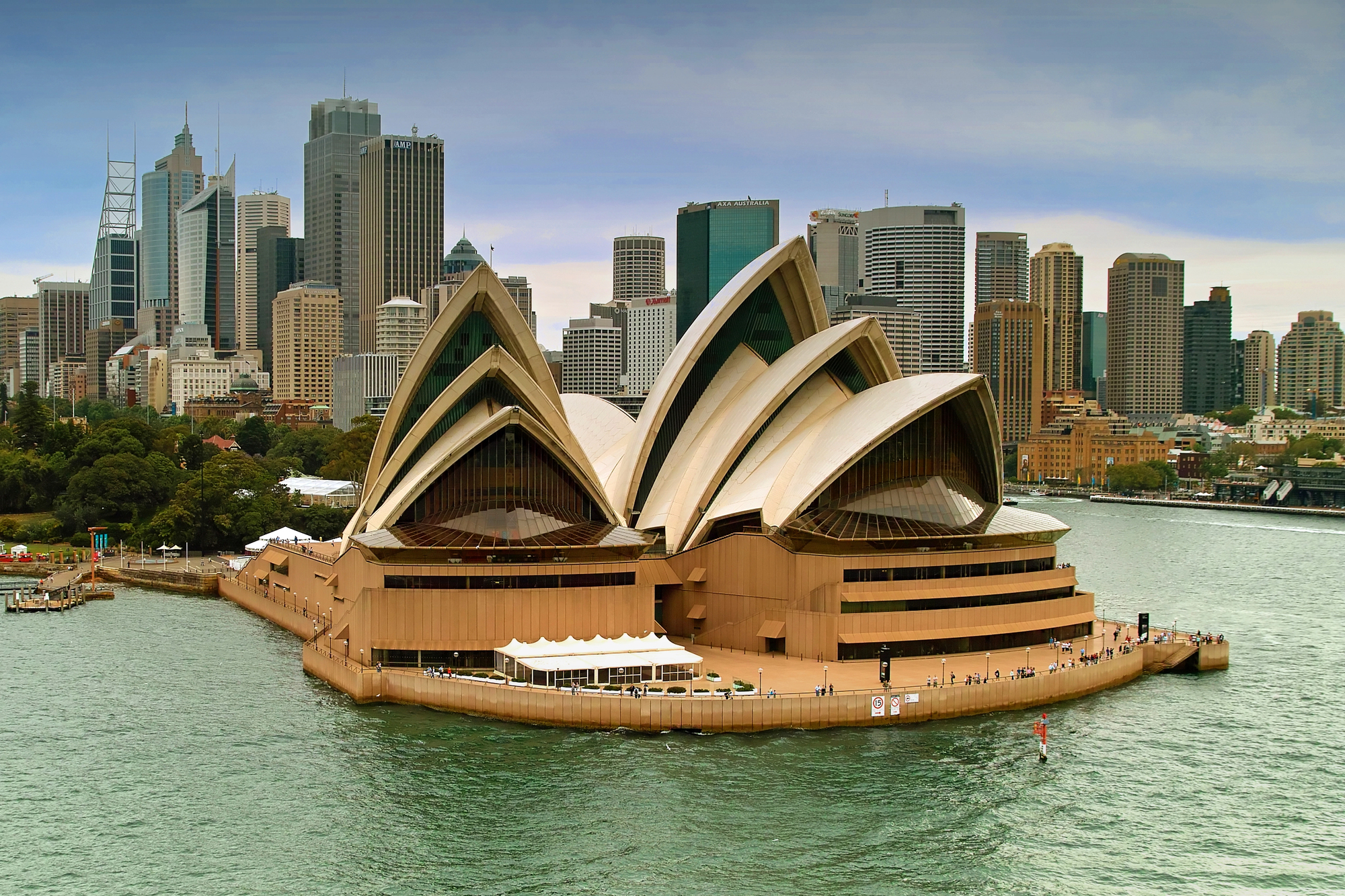
Sydney’s Opera House mirrors not just the appearance but the engineering principles of seashells. Its curved surfaces channel sound waves just as shells amplify ocean noise.
The naturally overlapping shell sections shed water efficiently while creating flowing spaces beneath. Even the tile pattern echoes microscopic structures found in actual shells, proving nature’s solutions work at any scale.
Bahá’í House of Worship, New Delhi
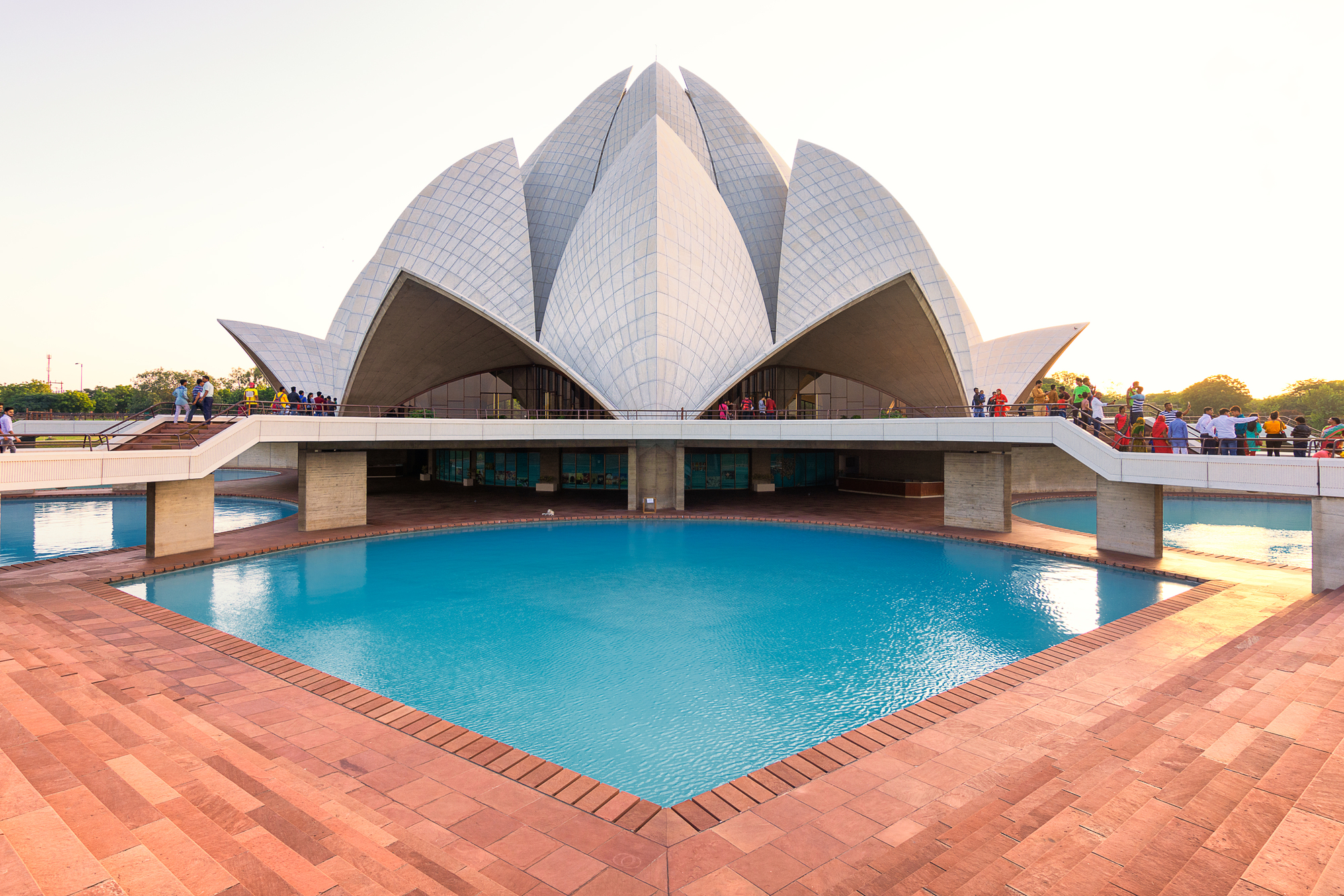
New Delhi’s Bahá’í House of Worship blooms like a giant lotus flower in a sea of green gardens. Twenty-seven freestanding marble “petals” create a distinctive shape while naturally shedding water.
Nine surrounding ponds reflect the structure while helping cool the site, completing the illusion of a flower floating on water. The temple demonstrates how spiritual symbolism and natural engineering can work together.
Qatar National Museum
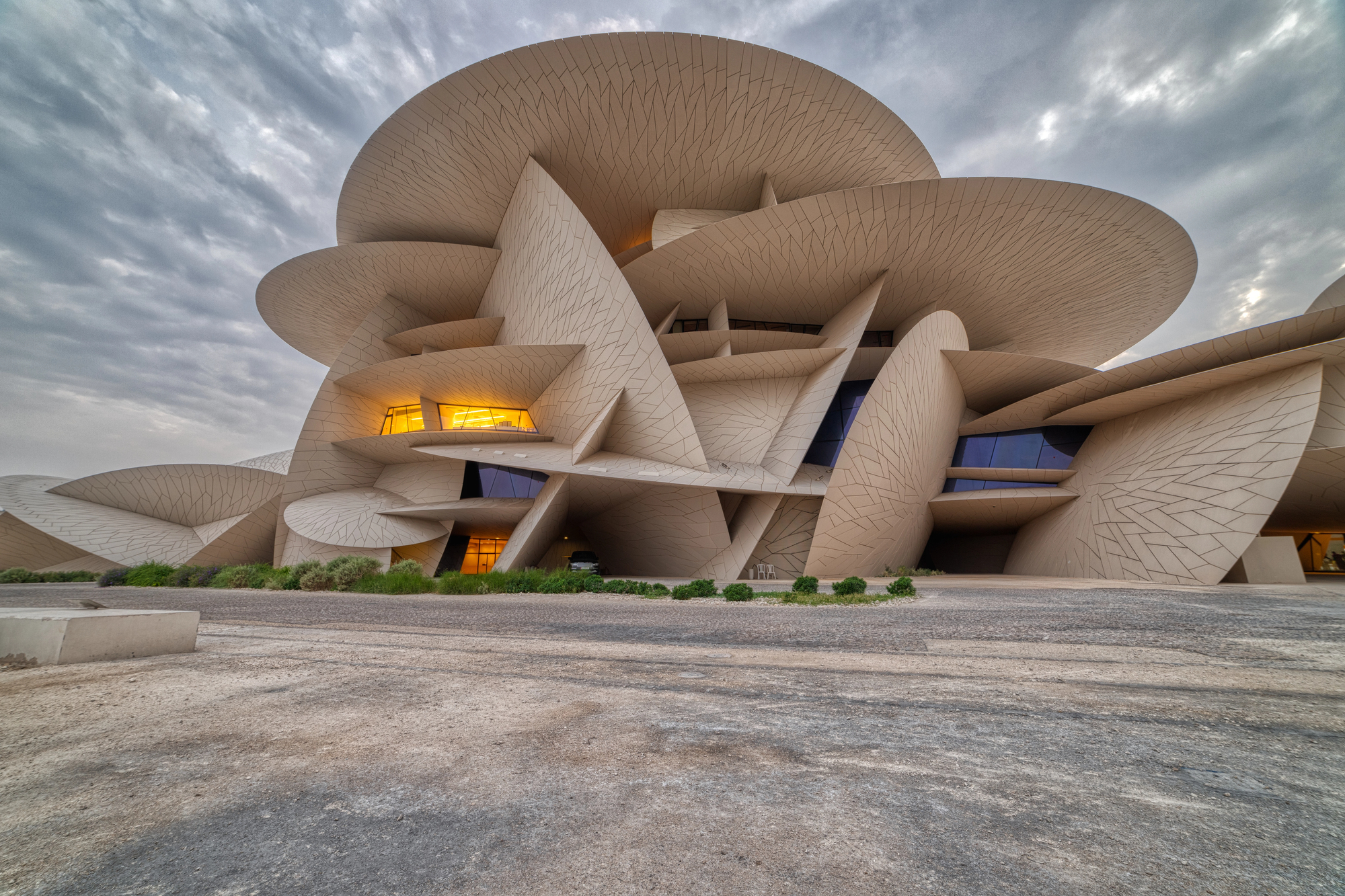
Qatar’s National Museum emerges from the desert like a wind-carved rose crystal. The interlocking discs mirror how desert roses form naturally in arid conditions.
Gaps between the discs create naturally ventilated spaces while changing precious rainfall. The structure shows how buildings can grow from their environment rather than simply occupying it.
Like Go2Tutors’s content? Follow us on MSN.
30 St Mary Axe, London
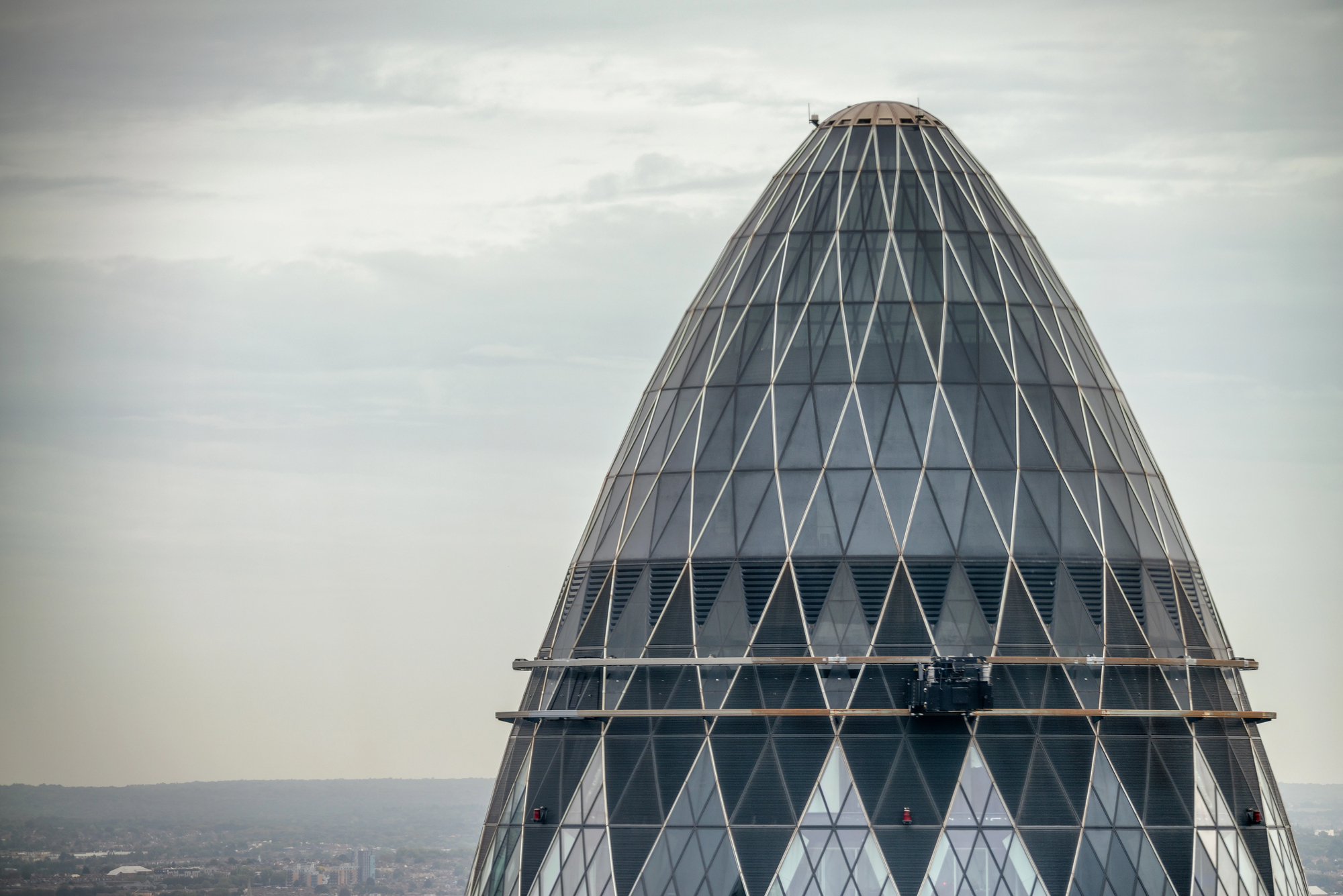
London’s 30 St Mary Axe employs structural principles found in beetle shells. Its diagonal support grid provides strength while minimizing material use, just as natural exoskeletons do.
The building’s shape channels wind around its curved surfaces while creating natural ventilation spirals inside. The design proves nature’s solutions scale beautifully from insects to skyscrapers.
Gardens by the Bay, Singapore
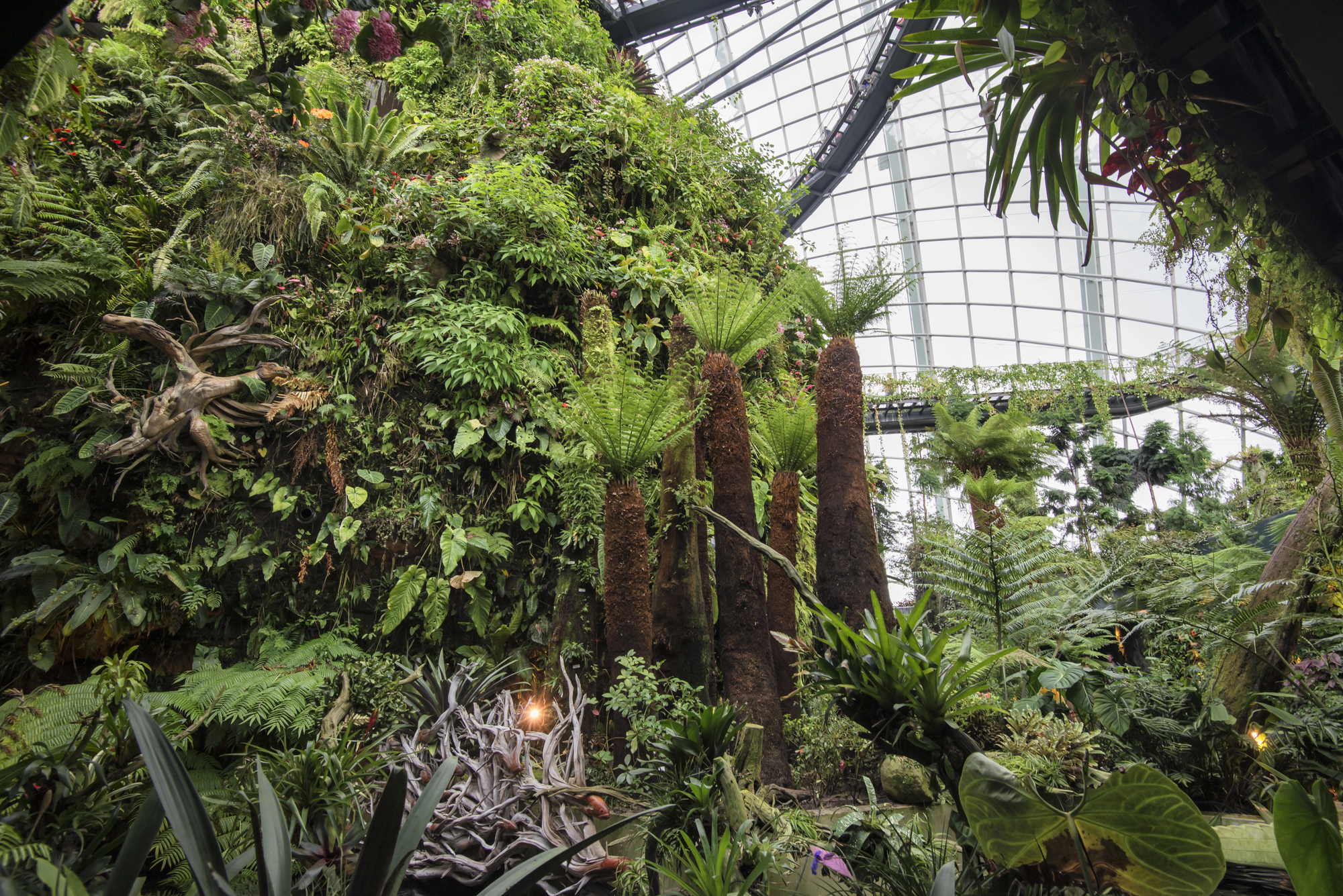
Singapore’s Gardens by the Bay creates artificial trees that function like natural ones. These “supertrees” collect solar energy, harvest rainwater, and provide shade while supporting vertical gardens.
The structures demonstrate how architecture can replicate not just natural forms but also natural functions, providing vital ecosystem services in urban environments.
The Living Future
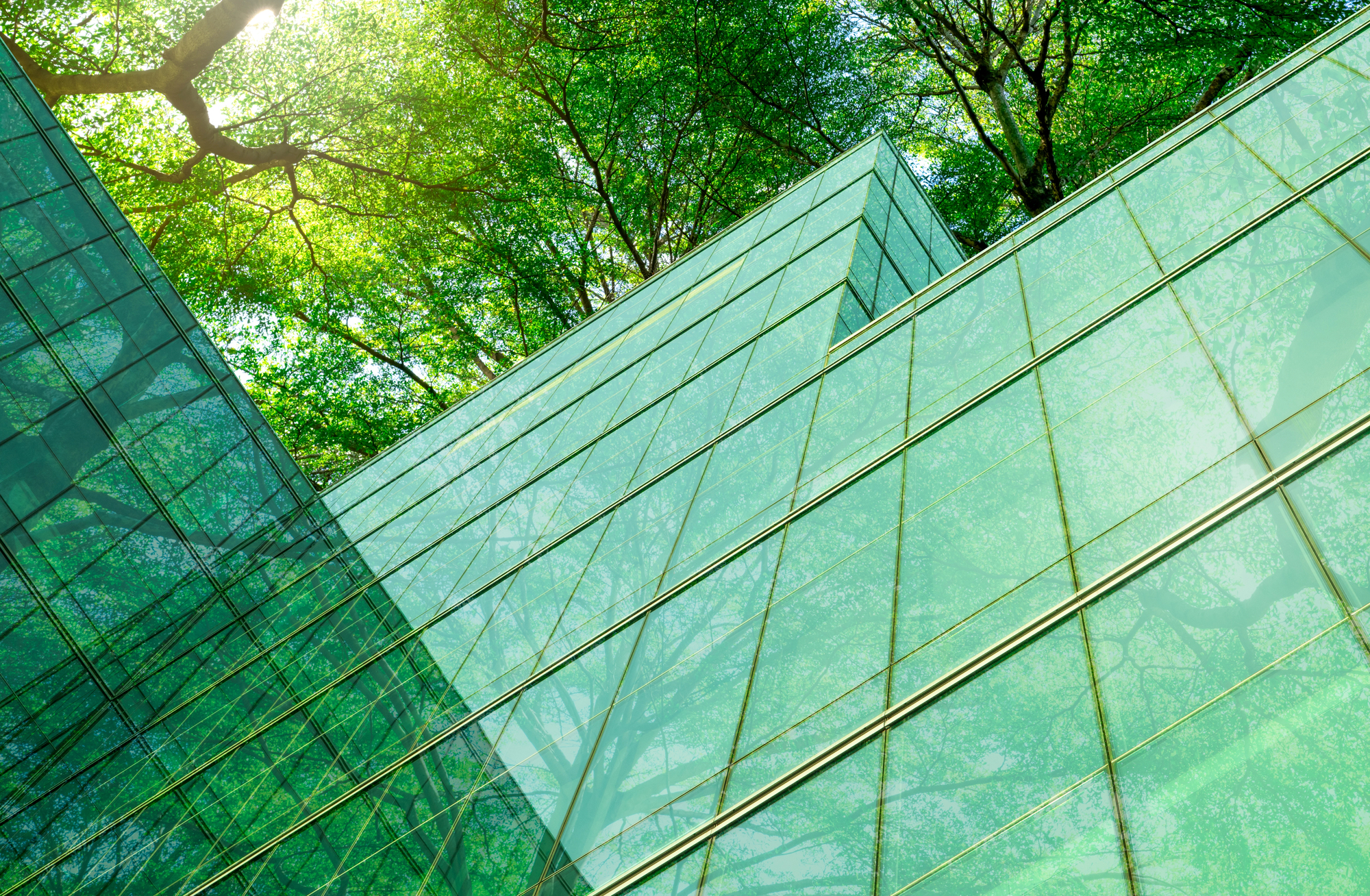
These remarkable structures prove that nature’s four-billion-year research and development program still has much to teach us. As environmental challenges mount and sustainability becomes crucial, architects increasingly turn to evolution’s time-tested solutions.
Every leaf, shell, and creature offers lessons in efficiency, resilience, and beauty. Tomorrow’s cities may survive and thrive by becoming more natural, not less.
More from Go2Tutors!

- Famous Battles: How Much Do You Really Know About U.S. History?
- Top 5 Most Important Skills, According To Harvard Business School
- How Well Do You Know 90s Pop Culture? Take the Quiz
- Master the Art of Public Speaking with These Expert Tips
- Think You Know Capitals? Put Your Knowledge to the Test
Like Go2Tutors’s content? Follow us on MSN.
